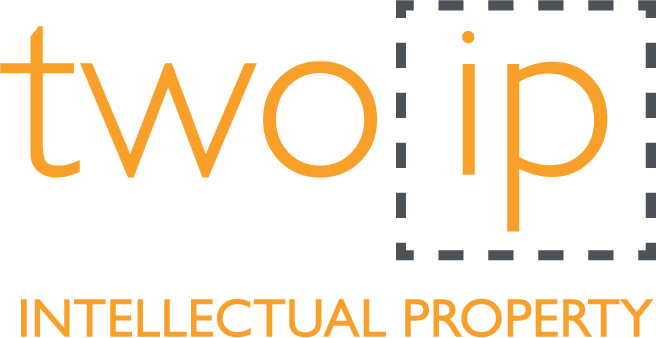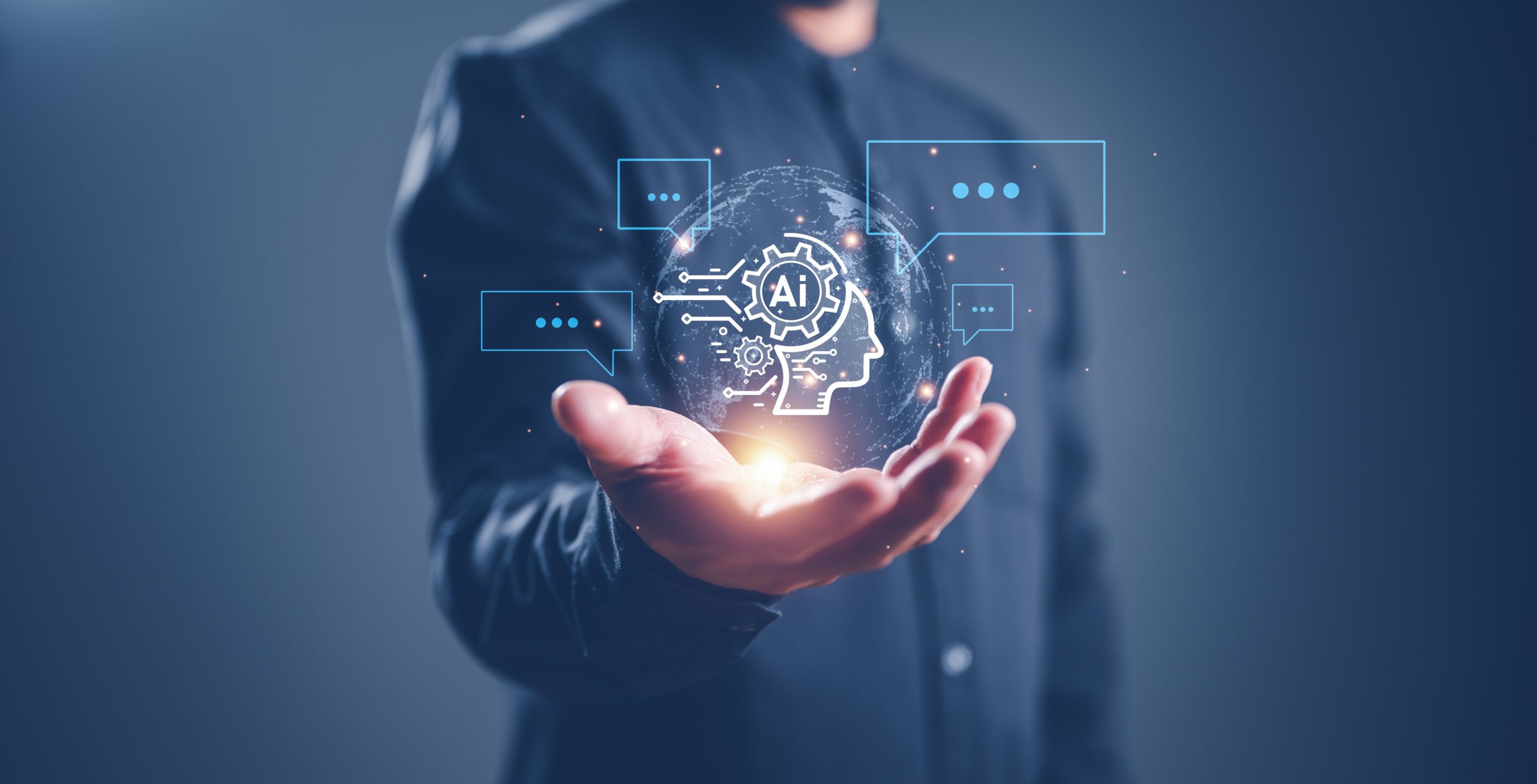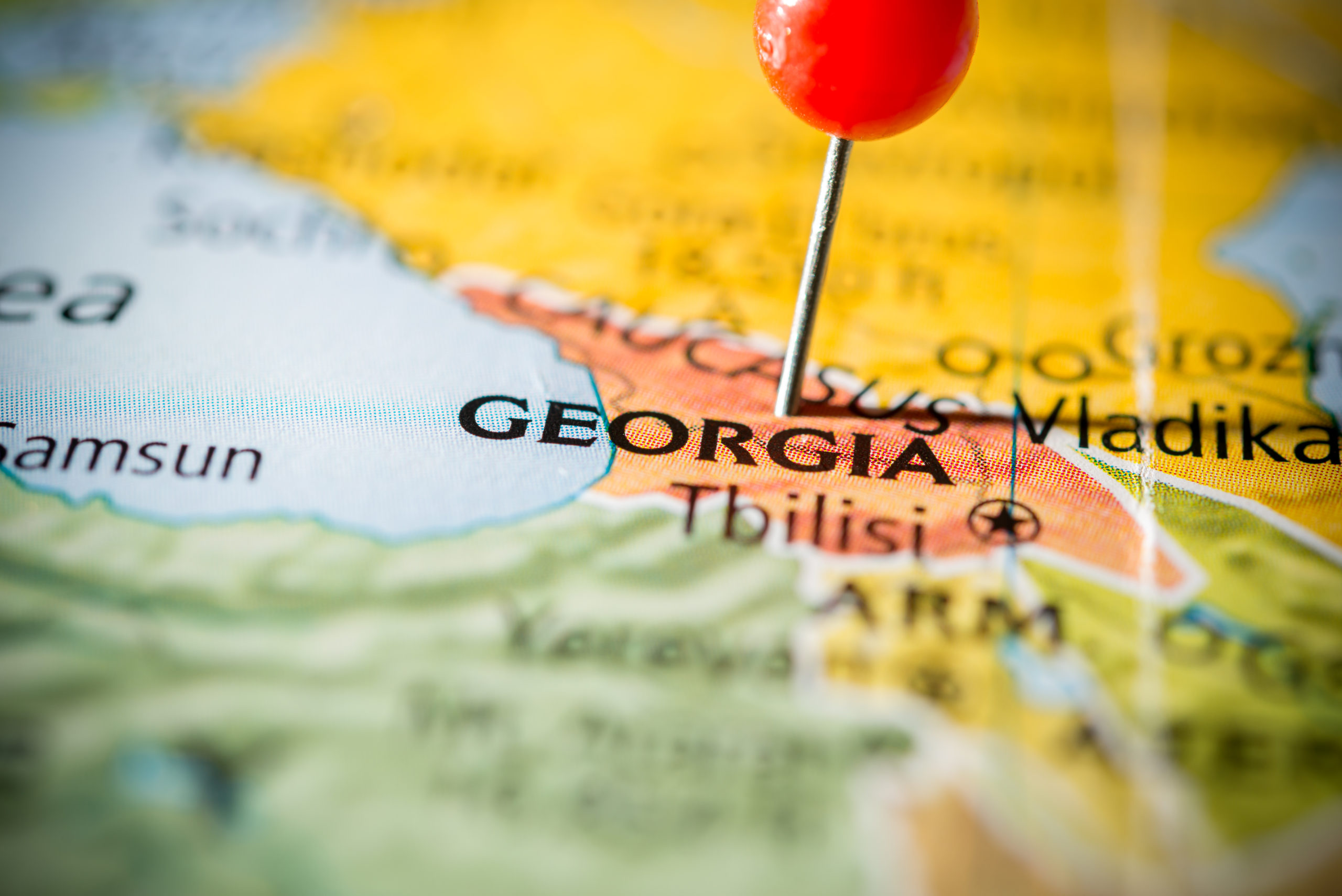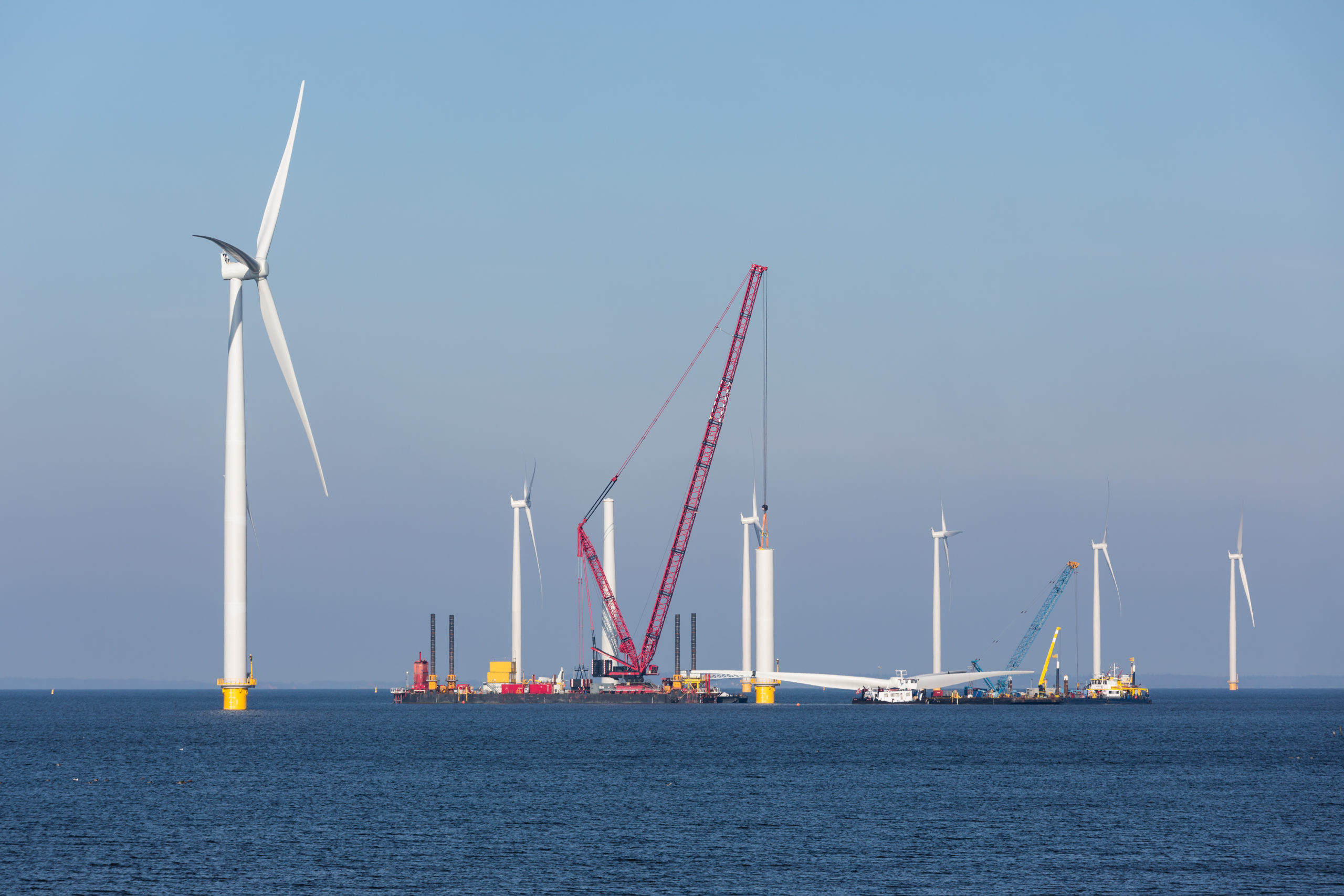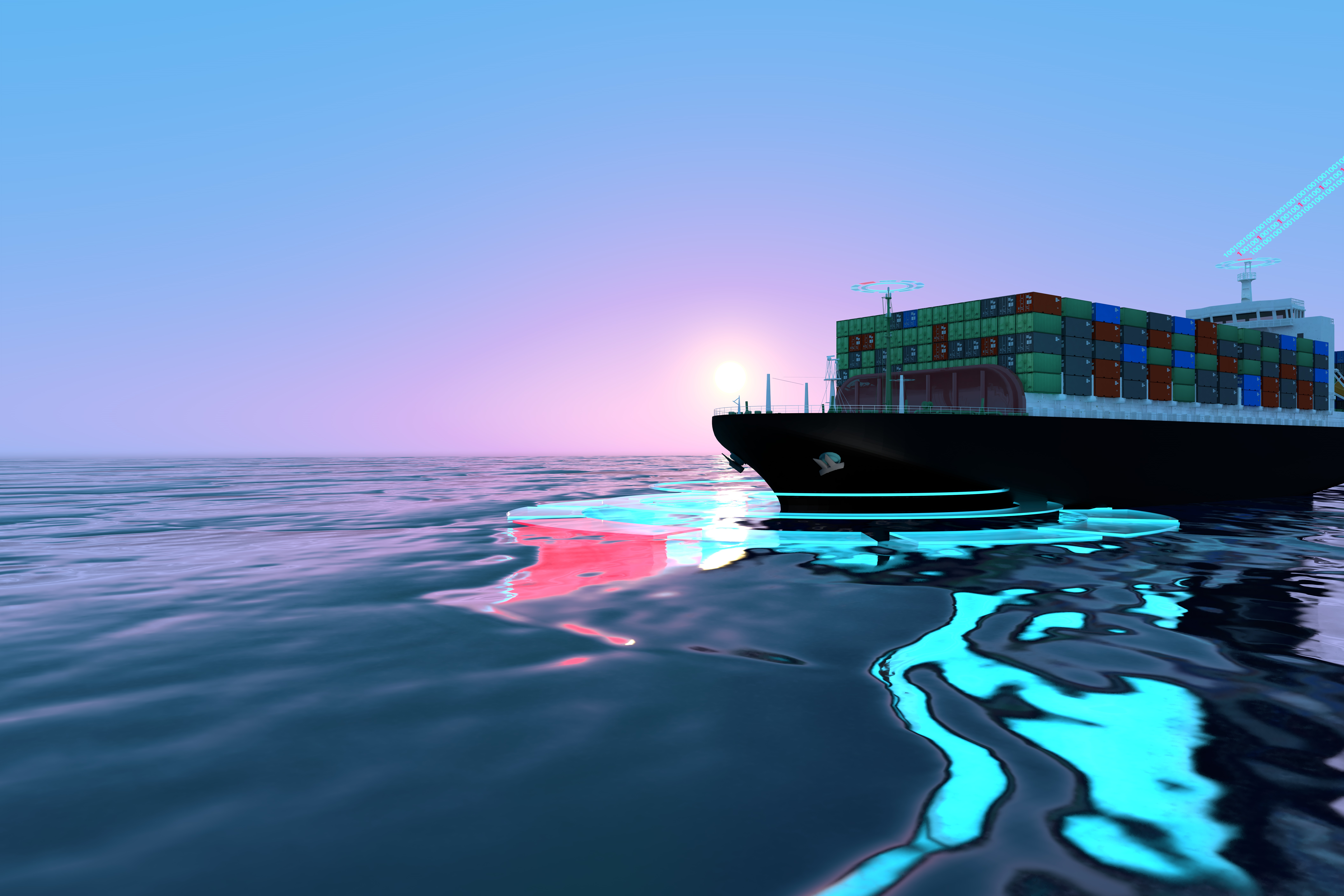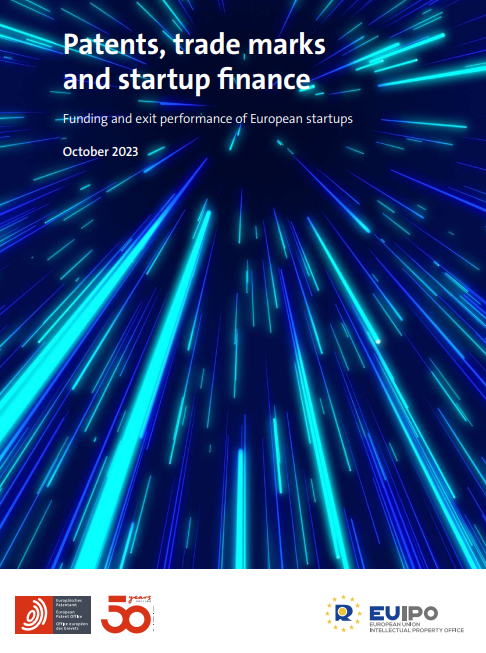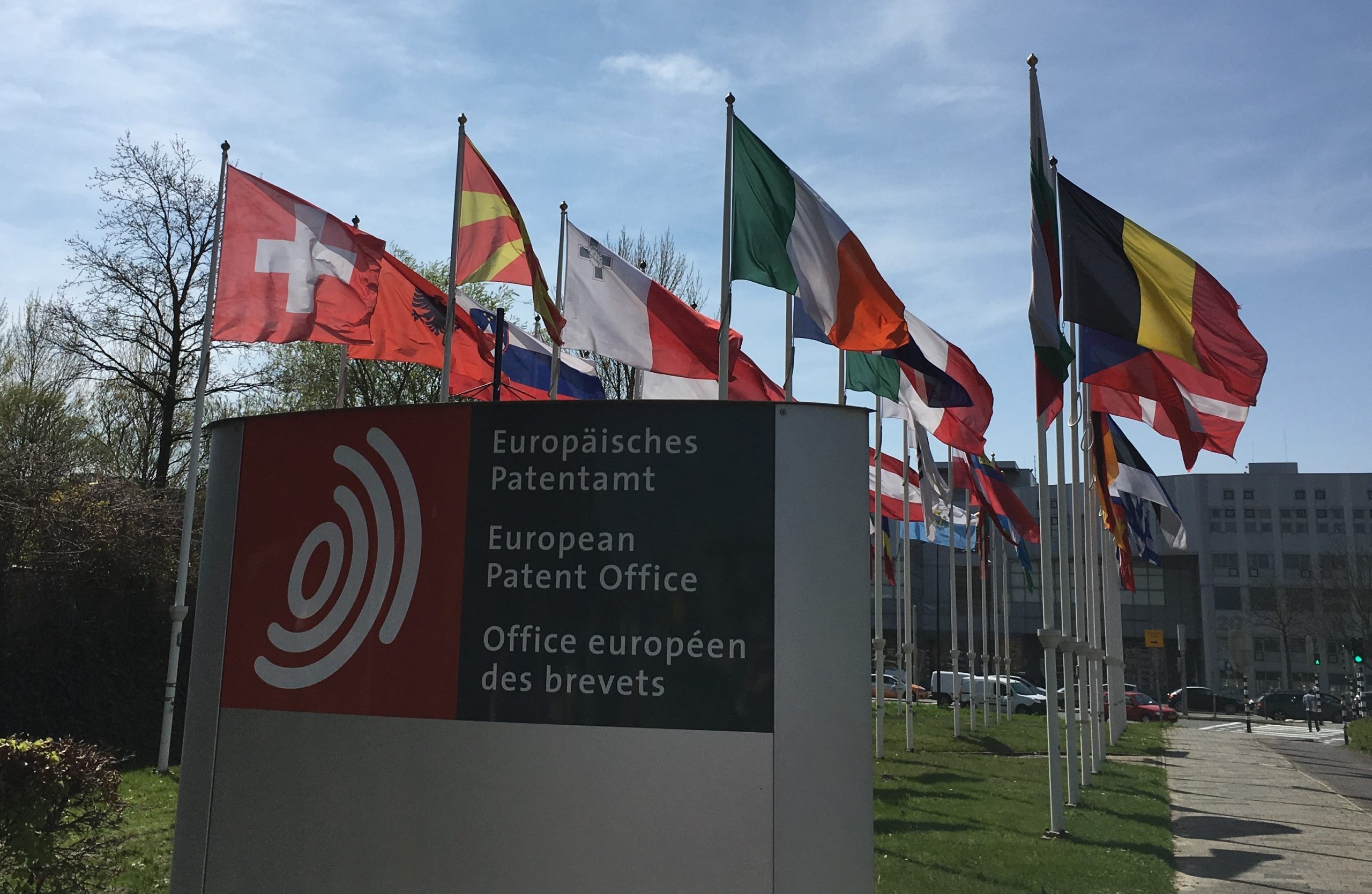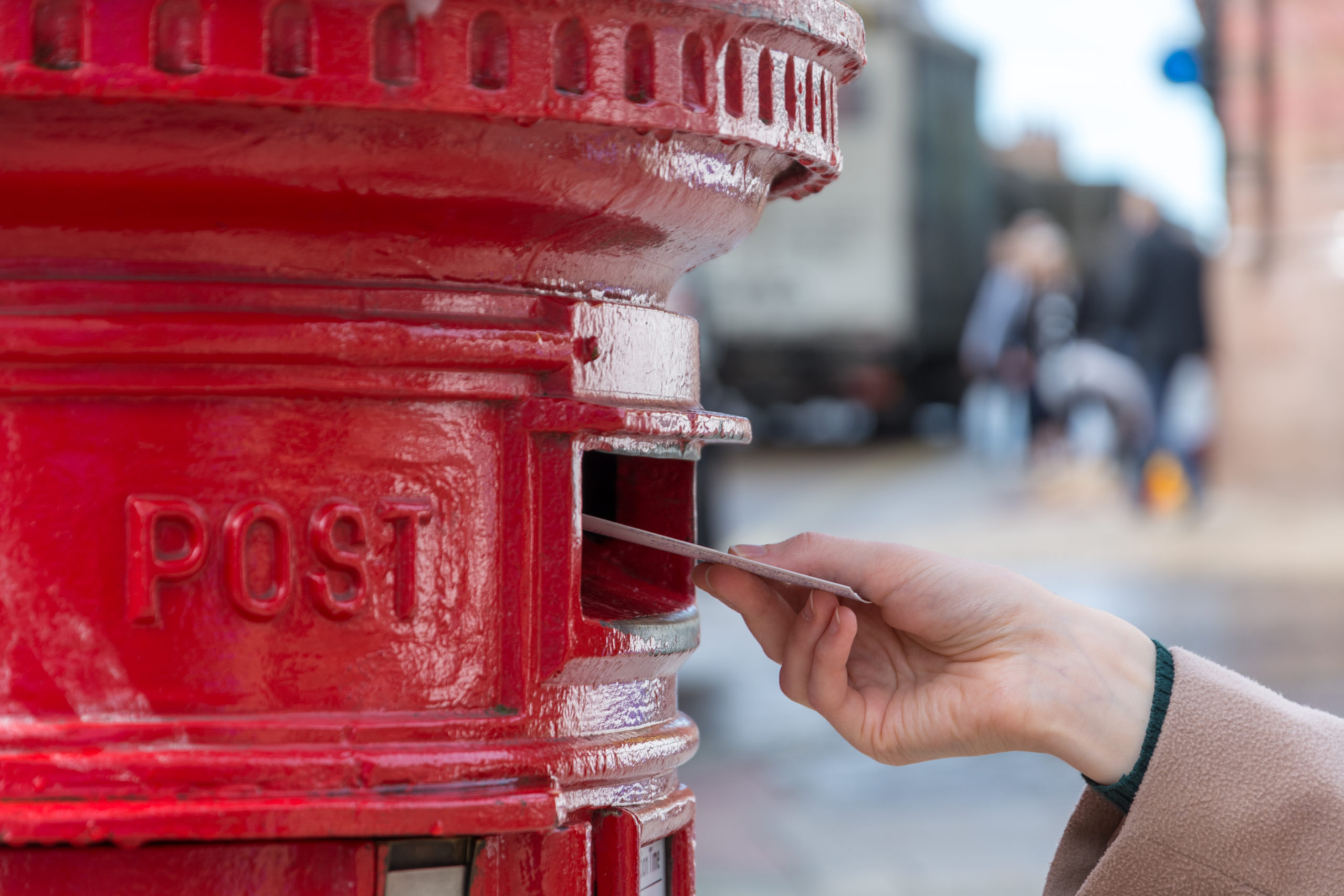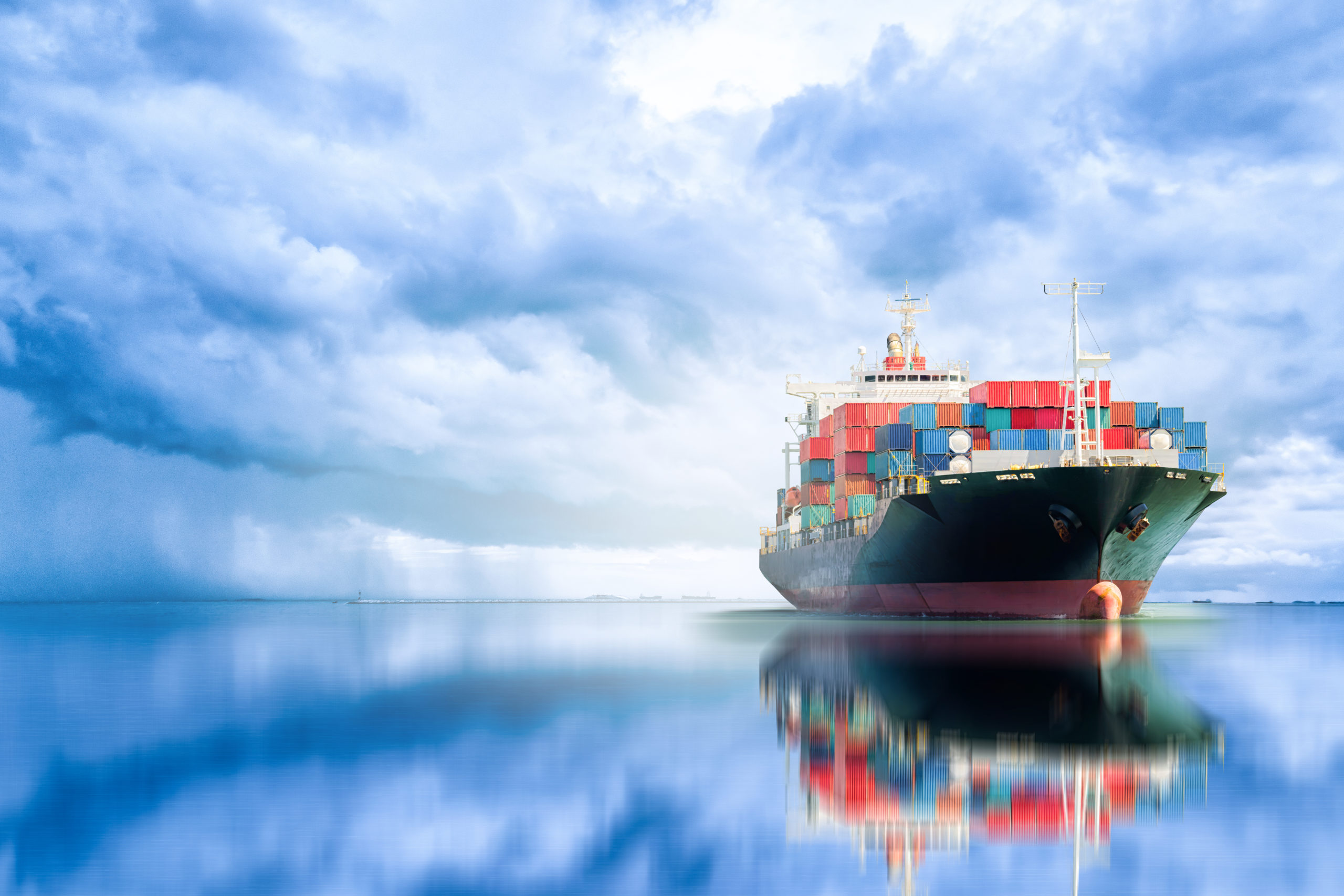Writing a thorough invention disclosure is crucial for ensuring that an AI invention is effectively described and defined in a patent application. Patent attorney Coreena Brinck shares her detailed guidance on what to include in your AI invention disclosure.
Sufficiency of disclosure may require a large amount of information to be included in the patent specification and it’s critical it’s addressed right at the start of the patenting process as omissions can’t be added later. For AI inventions in particular, where the training of the AI model and its operational use may both need to be described, it can be quite a challenge to capture all the necessary information to meet the sufficiency of disclosure requirements.
By including these key components in your invention disclosure, you will give your patent attorney all the information they need to draft a robust patent application for your AI invention.
- How is the technology used in a commercial context?
This lets the drafter know where to focus the claims so they can work out how best to protect the invention once it is commercialized. - What are all the features which are needed to make the invention work in at least one commercial context? Which feature(s) are new in the context of the invention? Which feature(s) are inventive in the context of the invention?
A feature may be new in the context of your invention but known in a different context. If, however, it would not be obvious to use it in the context of the invention, then this should be explained as well as it’s important. - Are there sketches of the Artificial Neural Network, ANN, model architecture/functional diagrams?
AI inventions usually contain clear description of function rather than an over-detailed description of structure but a model architecture diagram showing the way connections are provided between processing nodes already is advisable. For example, is the network layered, recurrent, etc.? - How is the ANN model implemented in a computer system for training and for operational purposes?
What sort of data is input in either case (files or a stream/feed)? Does the operational ANN process data in real-time or not? How is input data obtained from one or more sources? Is any preprocessing necessary? What makes the ANN output data useful in the real-world? - Inside the ANN, how is data processed?
If it’s not already well known for the AI model in question, it may be necessary to explain how weights are initialized, how they are applied to input, and importantly how the weights are updated via learning rules. What amount of data is need to train the AI system, or for how long should it be trained for the results it provides to be reliable enough to be useful? It is particularly important if any claim defines a feature in terms of parameters such as weights that any methods used to determine the weight values and any other parameters are described in the detailed description, unless a person skilled in the art would know what method to use or unless all methods would yield the same result. - Is the description of all essential features such as the mathematical method(s) used, the training data characteristics used, and other essential feature such as how the weights are used (and how they are derived and updated), the same for all embodiments or just some?
If not, then patent offices may request the claims are restricted to only those embodiments where a description is given. - What is the technical effect that a machine learning algorithm achieves and is this readily apparent or not?
If not, then the technical effect may need to be established by explanations, mathematical proof, experimental data etc. The good news here is that whilst mere allegations are not enough complete and comprehensive proof is not required, either. However, patent offices may no longer accept a simple statement that the AI model does something faster – they want more details about how the AI system causes something technical to be improved in specific way. For example, if the technical effect is dependent on particular characteristics of the training dataset used by an ML algorithm, those characteristics that are required to reproduce the technical effect must usually be disclosed – although there’s no need to disclose the specific training dataset itself. - How is the AI model trained?
For example, is training on-going or not, how is model updated? What are the characteristics of the training data required by the AI system. Is the training data public or private? Describe the input data characteristics and format, is it a series of files, or a stream of real-time data for example? What amount of data is need to train the AI system, or for how long should it be trained for the results it provides to be reliable enough to be useful? Is the data input pre-processed? How is the output used? Does the AI system provide any feedback to the data sources (which may happen in control systems for example). - What are the start/stop conditions for any iterative process?
If something is iterated then explain what triggers the iterations to start and under what conditions they stop. This is often very important for training AI systems. - If something is optimised by a process, is there an example of what combinations of parameters (possibly with examples of each parameter/value) provide the optimization? Is there an example of what optimal means (what is optimized, what’s the technical effect of this, possibly with example values)? What does the optimization achieve?
Requiring a person skilled in the art to find out this information from scratch without any guidance may be considered too much of a burden – which in turn could lead to the patent application being refused due to the disclosure of how the invention could be implemented being insufficient.
This sounds like a lot (and it may be) but drafting is not just about explaining and claiming novel and inventive features – there’s much more to it. Good patent attorneys will try to limit the level of detail down to the minimum needed to explain to someone skilled in the art how to adapt their common general knowledge to implement the invention. What does this mean? A rough practical guide is you can assume an undergraduate text book level of knowledge – anything more than this could be too specialized, and so should be explained in the patent specification.
To request a FREE Invention Disclosure Template to use to record your AI inventions, send us a message here or email us at hello@two-ip.com
